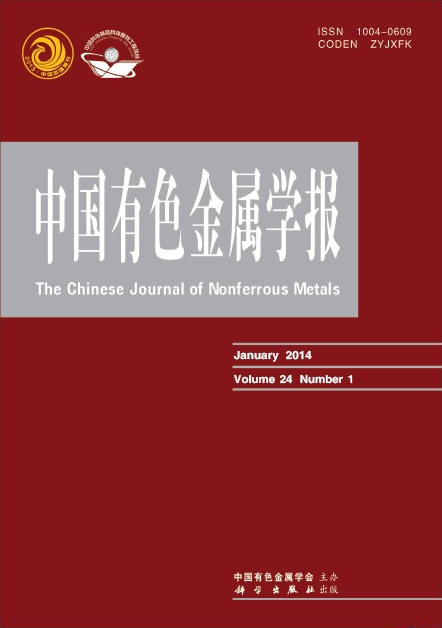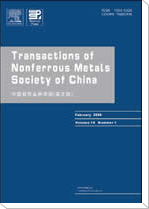(1. 中国科学院 金属研究所,沈阳 110016;2. 辽宁大学 物理学院,沈阳 110136)
摘 要: 采用静力学方法模拟Mo、β-Ti和Ti2448(Ti-24Nb-4Zr-8Sn(质量分数,%))的两个主要滑移面{110}和{112}面的广义层错能曲面(γ-surface),并对比研究其剪切变形性质。计算中所采用的势函数为本研究组构造的嵌入原子型势函数。结果表明:3种材料在{110}和{112}面上的滑移系分别为{110}á111?和{112}á111?,伯格斯矢量为1/2á111?; (112)面上[1]方向剪切可产生孪晶。剪切模量、位错和孪晶形核的能垒和屈服应力由高到低依次为Mo、β-Ti和Ti2448。
关键字: β型钛合金;静力学模拟;广义层错能;体心金属;嵌入原子势
(1. Institute of Metal Research, Chinese Academy of Sciences, Shenyang 110016, China;
2. College of Physics, Liaoning University, Shenyang 110136, China)
Abstract:The generalized stacking fault energy surface (γ-surface) of three BCC materials, Mo, β-Ti and Ti2448 (Ti-24Nb-4Zr-8Sn (mass fraction, %)) on the two main slip planes was simulated using static method to compare their shear deformation properties. The EAM potential for Ti2448 constructed in our group was employed to compare. The results show that, for the metals and alloys investigated, the slip systems are {110} á111? and {112} á111?, and with a Burgers vector of 1/2á111?. The [1] direction on (112) plane is twinning direction. The shear modulus, energy barrier for dislocation and twinning nucleation and critical stress from high to low are Mo, β-Ti and Ti2448.
Key words: β-type titanium alloy; static simulation; generalized stacking fault energy; body-centered cubic metal; embedded-atom method potential


